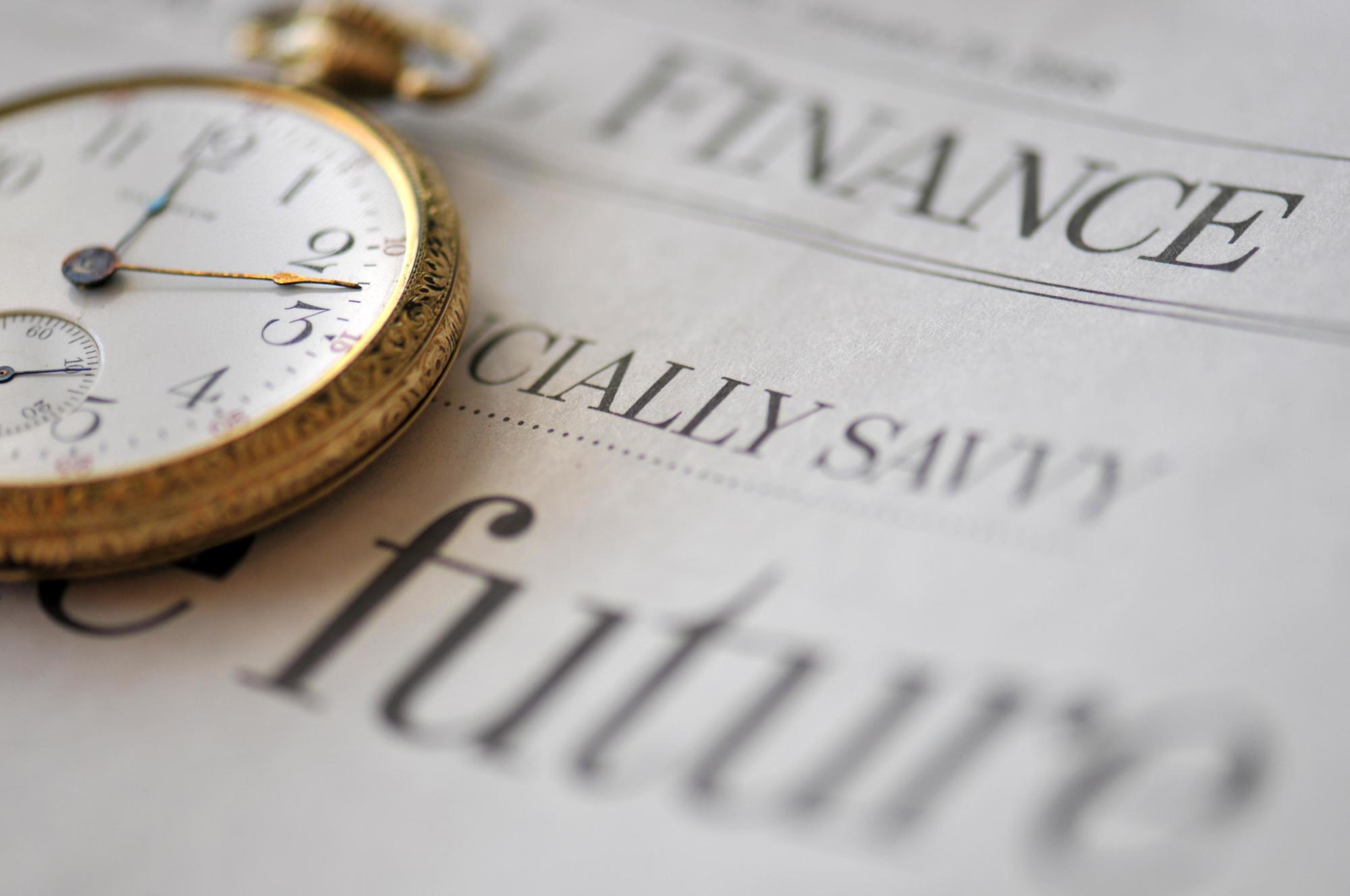
News
Financing offshore wind is about finding the right structure
RENEWABLES NOW, 26 June 2017
Financing of offshore wind projects is all about understanding the risks, doing your homework on the numbers and finding the optimal finance structure, Jérôme Guillet from financial advisory firm Green Giraffe tells Renewables Now in an exclusive interview.
Jérôme Guillet, Managing Director at Green Giraffe, was topic leader for finance at the recent Offshore Wind Energy 2017 event in London.
Market evolution
In general, “financing offshore wind is no different than finding finance for other infrastructure activity,” Guillet notes. “Yet, it is never completely simple and straightforward, you have to understand the risks you are taking.” Over the past few years the finance market has evolved a bit with regard to offshore wind energy. “The risks are better understood,” Guillet says. “Banks now understand better how projects are built, how they are managed and operated. It has been a slow or not so slow learning exercise for a lot of people but it has not been a revolution. Offshore is still perceived a more risky sector simply as it is more difficult to build at sea. However, it is an understandable risk and it has been proved to be a reasonable risk, not absent, but reasonable and one that can be managed and priced accordingly so it works well in the end.”
Tenders and finance
And when we talk about pricing, we cannot ignore the clear trend of swapping feed-in tariff (FiT) systems for tenders for allocating capacities. The past few tenders for offshore wind energy in Europe have driven bids to surprisingly low levels like the zero subsidy bids in the April tender in Germany. This certainly has an effect on the finance side, the financing structure, in particular. “Investors are putting offers based on their own repayment expectations, so equity is there by definition,” Guillet comments. Lower tariffs generally mean lower amounts of debt, and less leverage.
“From what we’ve seen so far, some of the tender winners do not use bank debt, relying, in most cases, on 100% equity finance at the initial stage. Some have won using bank debt but we have not seen enough transactions yet to know how it’s going to end. In any case, the issue is not just finding finance, it’s finding the smartest financing structure that makes a project a true business success.”
The same applies to investment destinations. Although banks would generally prefer to finance projects that receive feed-in tariffs to green certificates-based ones, now that everyone is moving towards contracts for difference, the differences between markets are getting smaller. “As long as the rules are clear and people understand what’s happening with grid connection, the tariffs, the permitting process, then all markets are bankable,” Guillet says.
Success project
Green Giraffe celebrated its 7-year anniversary in May 2017 with north of 17 GW wind power financed in 18 countries. Guillet points to the 600 MW Gemini offshore wind farm as a recent example of what finding the right financing structure looks like. “We were hired by the project company at the very beginning in 2011, we helped them select the contractors, raise the equity, raise the debt and helped the project become the largest offshore wind undertaking in Europe so far.” In 2014, Gemini raised EUR 2.8 billion (USD 3.13 bn ) of funding through long term non-recourse financing senior debt, subordinated debt and equity.
The project achieved full completion on April 28, 2017, ahead of schedule and under its total budget of EUR 2.8 billion. With financial advisory from Green Giraffe, this year Gemini also restructured the project’s EUR 2 billion senior debt to reduce loan margins while also removing the original cash sweep requirements in year five under the previous mini-perm financing, and significantly improving distributions to Gemini’s owners.
Looking ahead
One of the relevantly new technologies in offshore wind that is finance-ready, according to Guillet, is floating wind. To become market-ready, or finance-ready, a technology needs to have a track record proving that it actually works and that costs and risks are understood enough to produce a business case. “In this respect, floating wind is real, it’s already proven technology and we expect to work with it in the near future,” Guillet concludes.
Jérôme Guillet co-founded Green Giraffe in 2010 and was a Managing Director until 2021.
